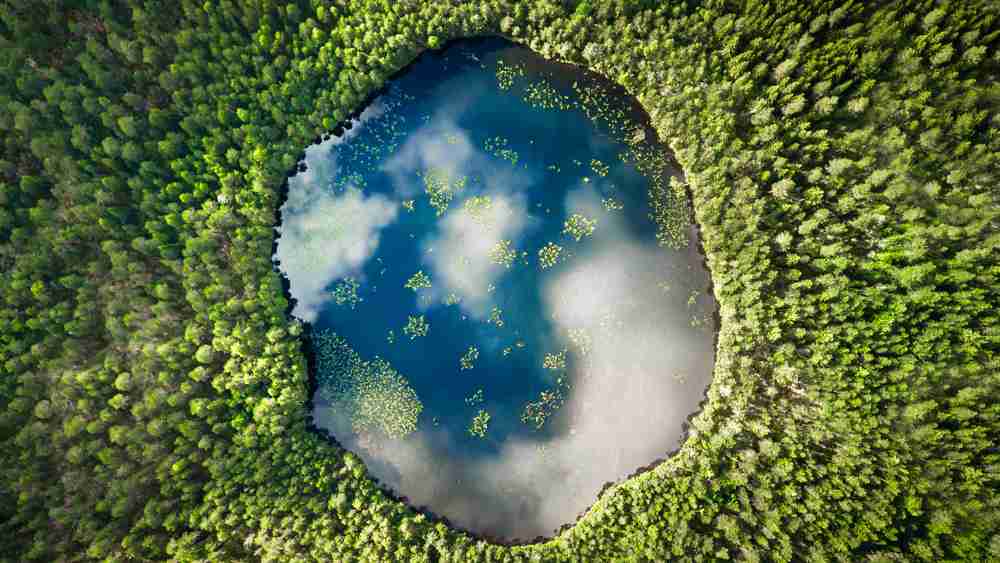
The current linear economic model, based on resource extraction, production, and waste disposal, is unsustainable and harmful to the environment and human health. The circular economy aims to prioritise waste prevention and continuous resource use, offering a sustainable alternative.
This transition requires rethinking resource utilisation, embracing innovative business models, and learning from industries that have already made progress.
The 'R' strategies and principles hierarchy categorises and prioritises circular economy activities. It emphasises reducing waste generation and implementing circular business models such as circular design, optimal use, value recovery, and circular support.
Learn more here